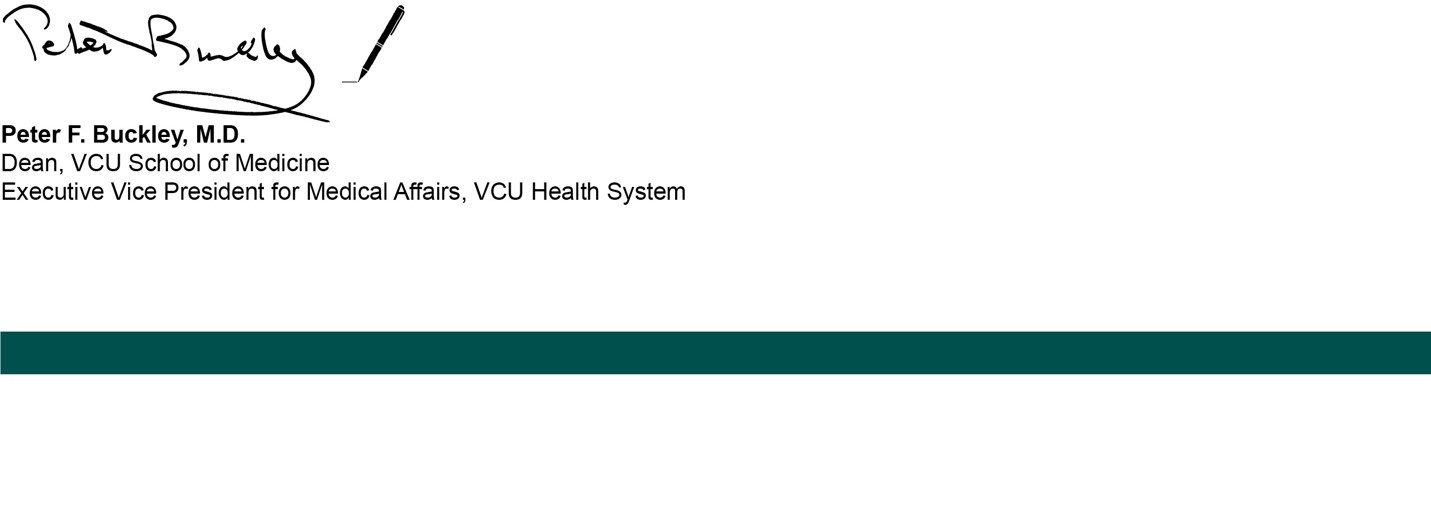Dear Colleagues-Friends,
Today, we mark International Women’s Day, which serves as an opportunity to celebrate the accomplishments of women, both past and present, as well as to acknowledge the distance that remains to be traversed to true gender equity.
In our School of Medicine, women are notably absent from the first 80 years of our history. Our first female medical students did not arrive on campus until 1918 – three women among a class of 42. This was intended as a stopgap measure resulting from the dearth of available male applicants during World War I. It then took several more decades (until 1951) for our school to admit a Black female student, Dr. Jean Harris. You can read firsthand accounts of a number of the trailblazing women who attended our school across seven decades here on our website.
For more than 60 years, women comprised as little as 2% and as much as 13% of each of our graduating classes. Then in the 1980s, the number jumped to 30% and continued to climb. Two years ago, we reached the significant milestone of women outnumbering men in most medical school classrooms, according to the Association of American Medical Colleges. However, women remain underrepresented in leadership positions in academic medicine – accounting for less than 20% of all deans and department chairs nationwide. For women of color, that number is even lower.
Here in the VCU School of Medicine, we are in the fortunate position of having strong female representation within our faculty and administrative leadership. One-third of the present SOM Dean’s senior leadership team is female. And over the last three years, half of our clinical chair recruits have been female. Among our current clinical chairs, 30% are female, and among current basic health science chairs, nearly 60% are female. We are also encouraged that of the 74 chief residents this academic year, 39% are female and that women represent 41% of our housestaff overall.
In addition, we have a distinguished group of alumnae who have become leaders in their respective fields, including:
- Anne Coleman, M'84, who just completed her term as the 124th president of the American Academy of Ophthalmology.
- Colleen Kraft, M'86, who was president of the American Academy of Pediatrics in 2018.
- Jennifer Lawton, H'99, who was the first woman to head the Johns Hopkins Division of Cardiac Surgery.
- Edith P. Mitchell, M’74, who served as the 116th president of the National Medical Association and was the first woman physician to attain the rank of Brigadier General in the history of the U.S. Air Force.
- Lisa Waddell, M'88, H'91, who was named the inaugural chief medical officer of the CDC Foundation, a position created to aid the foundation’s COVID-19 emergency response.
However, even with this progress in representation, gender inequities and conscious and unconscious biases remain.
As part of a new alumni speaker series we are hosting for our medical students, I had the privilege of interviewing Dr. Ann Fulcher, chair of the Department of Radiology. During this wide-ranging conversation, I asked her about her experience as a female in a male-dominated specialty and how she has dealt with subtle and not-so-subtle gender biases throughout her career. I encourage you to watch the recording of this insightful session.
Additionally, there exists a literature that female professionals are less likely in public gatherings to have their title and/or professional accomplishments duly acknowledged. Female members of our own faculty have shared stories of their own experiences being disrespected at times during their careers. Even our recent guest, First Lady Jill Biden, Ed.D., has seen the use of her Dr. title spark international discourse about this topic.
The landscape of academic medicine is changing, and to bring around further positive change, we must acknowledge and correct gender – and other – inequities in academic medicine, including when and where they manifest in our institution. This is the commitment we have collectively made – and reaffirmed – to our colleagues, our learners and our community.
Respectfully,
